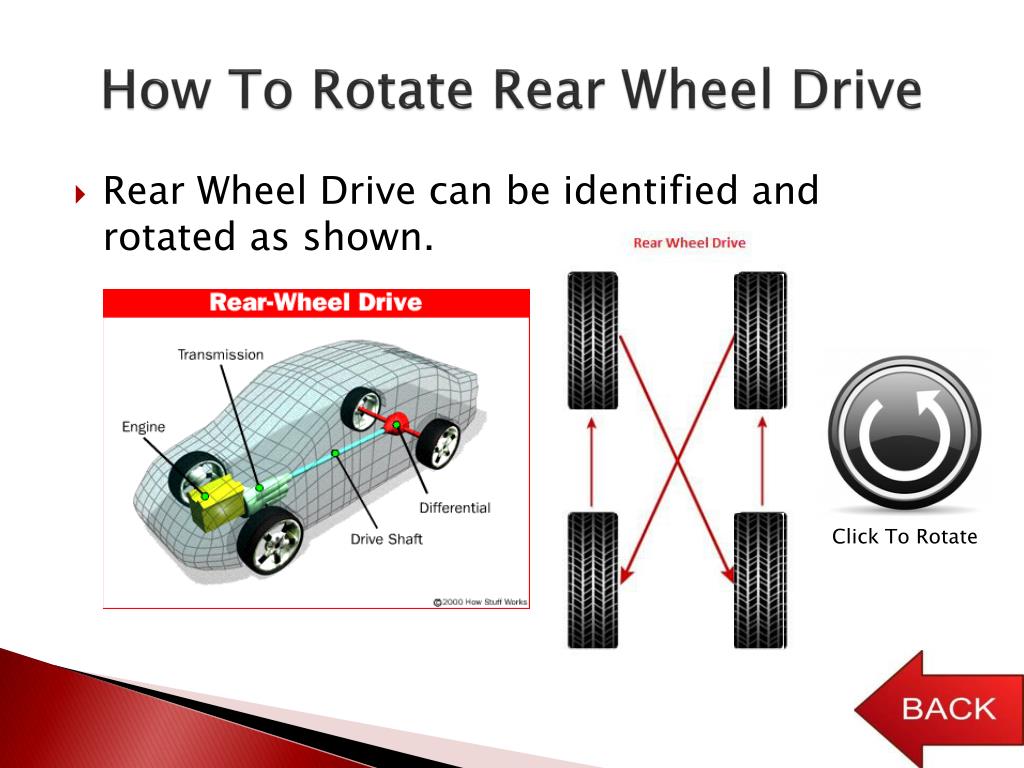Why should you get your tires rotated? Because it’s one of the easiest ways to extend the life of your tires and get the most miles out of them. And you only need to do it a couple of times a year.
Already know you need a tire rotation? Come visit us at one of our local stores or schedule an appointment.
Rotating the tires on your vehicle means moving them to different positions on your car or truck. This helps promote even tread wear on all four tires.
No matter how you drive, front and rear tires can wear at different rates. Tires that are mounted on the drive axle (the front two wheels on a front-wheel drive or back two on a rear-wheel drive) wear more quickly than the “free rolling” tires on the other axle.
Properly rotated tires can make for a smoother ride. It can also extend the life of your tires, saving you both time and money. By rotating your tires, you even out the wear to get the most tread life from every tire. Regular rotations are equally important, even if you have an all-wheel drive vehicle.
A good rule of thumb is every 5,000 miles. Depending on your vehicle, driving style, and tire type, you may need to rotate your tires more or less often. If you’re not sure, stop by Les Schwab. We’ll help you come up with a rotation schedule.
Regular tire rotations can help spot uneven tire wear early. Going too long between rotations may result in a wear pattern that can’t be fixed, no matter where the tire is moved on the vehicle. These wear patterns could result in the need for new tires sooner than expected.
Here are some ways to remember your next rotation.
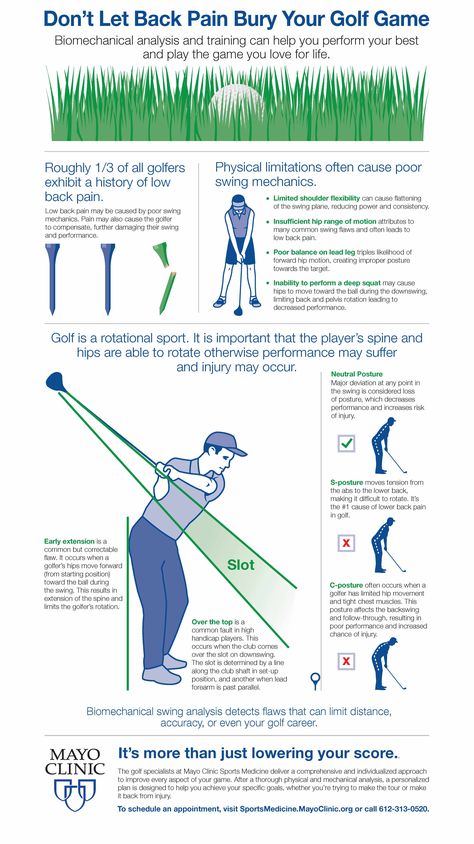
Getting your tires rotated every 5,000 miles is generally a pretty quick process. The professionals at Les Schwab will take the time to do a thorough tire rotation by also balancing your Les Schwab tires, checking your air pressure, doing a visual check of important safety systems, and documenting anything you should be aware of during the process. Once your vehicle is in our service bays, you can expect this procedure to be completed in about half an hour. Taking the time to make tire rotations a part of your normal vehicle maintenance regimen can add significant life to your tires, promote even tire wear for a smoother and more comfortable ride, and save you money in the long run.
The standard tire rotation is front-to-rear, but there are multiple patterns that could also help promote long tire life.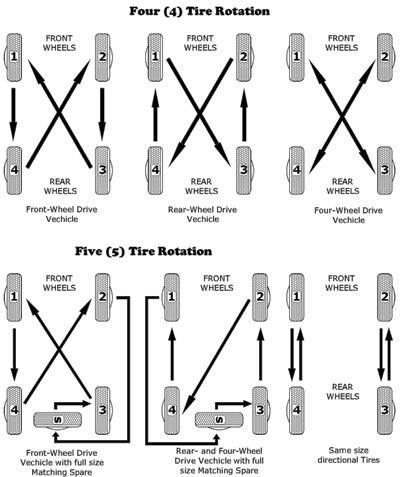
Here’s what Les Schwab tire pros consider to properly rotate and position the tires on your vehicle.
As always, check your owner’s manual for specific recommendations from the manufacturer.
If you have Les Schwab tires on your vehicle, rotations are free for the life of those tires. Plus we balance your wheels as part of the service. Don’t have Les Schwab tires? Our pros can still help maximize the life of your tires. Stop by your local Les Schwab for a quick estimate.
Don’t put tire rotations off. This simple task can maximize the life of your tires. When you buy tires from Les Schwab, we rotate them for free on most vehicles. Plus, we provide free rotation reminders by email. Just ask at your local store.
Just ask at your local store.
Home > Company > Tire Safety > Maintaining Tires > Tire Rotation
Even if your car is properly aligned, tires still need to be rotated for optimal wear performance and maintenance. Rotation counteracts the uneven wear characteristics of each wheel position on the vehicle. How often should you do it? To maximize tire tread life, follow the recommended rotation schedule in your vehicle owners manual. If there is not a recommendation from the vehicle manufacturer, then rotate your tires every 5,000 to 7,000 miles by taking your car to a trusted tire dealer or automotive service center.
If your car's wheels are out of alignment, your tires will wear unevenly, which can lead to early tire replacement.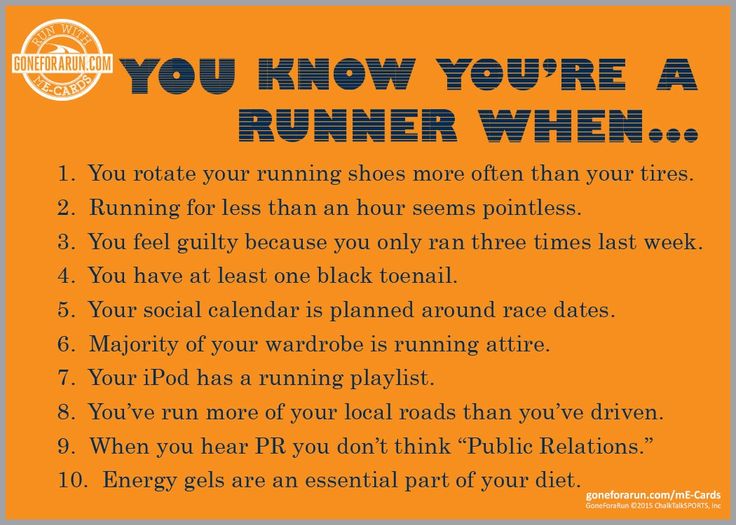 Also, a car out of alignment could signal other mechanical problems that may affect tire performance. For the best results, choose a shop that uses accurate computer-assisted machines, and ask for a printout of the adjustment angles to keep with your service records.
Also, a car out of alignment could signal other mechanical problems that may affect tire performance. For the best results, choose a shop that uses accurate computer-assisted machines, and ask for a printout of the adjustment angles to keep with your service records.
Tires and wheels that are out of balance don't just cause annoying vibration. Uneven tread wear may also result, further reducing your ride comfort and leading to earlier tire replacement. A shop with an electronic spin balancer can help smooth things out.
Front-wheel drive vehicles place braking, steering and driving forces on the front axle tires. Rear axle tires receive primarily braking forces, resulting in a much faster wear rate for the front axle tires.
The "Modified Cross Pattern" can be performed on any front- or rear-wheel drive vehicle equipped with four non-directional tires (directional tires must be rotated front to rear only). Free rolling axle tires are crossed and installed to the drive axle, while the drive axle tires are brought straight to the free rolling axle (without crossing). Just remember, “cross to drive”.
Free rolling axle tires are crossed and installed to the drive axle, while the drive axle tires are brought straight to the free rolling axle (without crossing). Just remember, “cross to drive”.
Directional treads are designed to perform in the direction denoted on the tire sidewall only. They must always be rotated front to rear — no matter the vehicle they are installed on — so the direction of the rotation does not change.
Watch our Tread Life video to see more rotation patterns.
Notes:
Following rotation, adjust all tires to the vehicle manufacturer’s recommended inflation pressures. Always torque lug nuts or lug bolts to manufacturer’s recommended specification.
Vehicles equipped with permanent four-wheel drive and those with "on command" four-wheel drive and driven mainly in four-wheel drive mode are best suited to a four-tire cross rotation. With this pattern, tires from both axles are crossed and installed on the opposing axle.
Straight rotation was developed in the early years of radial tires. This rotation method switches the tires front-to-rear but does not cross side to side. This rotation method is used for directional tread patterns.
If your spare tire is a matching full size tire (as opposed to a temporary spare) and you want to keep it in rotation, move the spare to the right rear position. Then place the tire that would have gone to the right rear in the spare position.
If your vehicle has dual rear wheels the rotation pattern looks like two triangles, one on the driver’s side and one on the passenger’s side. For each side, move the outer dual tire to the inner position, the inner dual tire to the steer position and the steer tire to the outer dual position.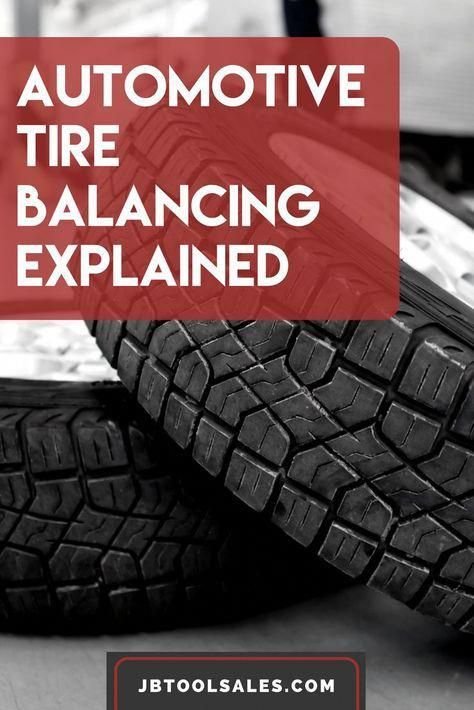
Never include a temporary spare tire in the rotation.
Directional tread patterns must be rotated front-to-rear only so the direction of the rotation does not change.
Learn about our mission, our achievements, and our ongoing commitments
Read Our Origin Story
Most car owners, having once balanced the wheels in a tire shop, mentally “put a tick” in front of the corresponding list of operations necessary for the car and forget about this topic. But in vain.
Maxim Stroker
Let's say right away that car owners who change tires seasonally on the same discs every autumn and spring, in most cases, do not have to think about preventive wheel balancing. With their rubber, this operation is carried out at each visit to the tire shop. Another thing is if a person, for example, drives the same “all-weather” all year round. Or the car owner has two seasonal sets of wheels mounted on disks.
Another thing is if a person, for example, drives the same “all-weather” all year round. Or the car owner has two seasonal sets of wheels mounted on disks.
Recall that balancing is the operation of moving the center of mass of the wheel to its geometric center on the axis of rotation. To do this, the service employee attaches weights of the required weight to the disk of the assembled wheel in the places determined using the balancing stand. Over time, these metal patches can fall off. Tires wear unevenly. Each puncture in rubber means an extra patch on its inner surface or a tourniquet inserted into the tread. The disk itself can bend when it hits the hole.
All these factors significantly shift the center of gravity of the wheel. Its shift leads to the appearance of beats and vibrations on the go. The suspension, the steering system suffer from this, the wheel itself begins to wear unevenly even at speeds when the driver does not feel much discomfort on the steering wheel.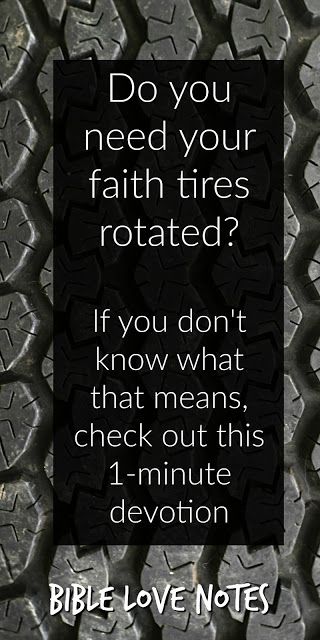 The approximate frequency with which it is recommended to resort to preventive wheel balancing is calculated in kilometers.
The approximate frequency with which it is recommended to resort to preventive wheel balancing is calculated in kilometers.
Approximately every 10,000-15,000 km. it is worth visiting a tire shop and checking the balance, since obvious beating, as the main sign of imbalance, can only be felt for the front wheels. In this case, at a certain speed, the steering wheel starts to shake frantically. The rear axle is not connected to the steering wheel, and therefore it is much more difficult to notice that something is wrong with it.
Thus, if the car rolls more than 15,000 km per season on one set of tires, it is highly recommended to call the tire shop after reaching this mileage. For fans of all-weather tires, this recommendation applies in the same way, only without reference to the time of year. Those who change in the fall and winter not the tires on the disks, but the wheels as a whole, should still call in specialists at these moments to check the balance. In addition, regardless of the season and type of rubber, it is highly recommended to resort to the services of a tire changer after the car has fallen into a deep hole or has traveled on very broken roads. This is necessary in case the disk is bent or one of the weights has fallen off.
This is necessary in case the disk is bent or one of the weights has fallen off.
We get acquainted with the Big Korean crossover, who survived restyling
79554
wheels, summer tires, winter tires
An important point in the operation of the car is wheel balancing. Thanks to this operation, it is possible to eliminate the imbalance that occurs for a number of reasons. Novice motorists are mistaken in believing that it is enough to balance the wheels once during a tire change. Unfortunately, it is required to visit a tire fitting much more often, because the loads on the wheels during the operation of the machine can lead to their imbalance over time.
Article content :
Despite the constant improvement in the quality of car tires, it has not yet been possible to achieve the perfect balance of rubber during manufacture. Yes, and the disks contribute to the imbalance of the entire wheel structure.
Yes, and the disks contribute to the imbalance of the entire wheel structure.
Specialists distinguish between static and dynamic types of wheel imbalance. They are successfully eliminated by hanging special balancing weights on the disk. Some car owners require that the weight be glued to the inner surface of the rim so as not to spoil the visual appeal of the wheels. However, in some cases, to eliminate the imbalance, one has to make sacrifices and stuff weights on the edge of the disk.
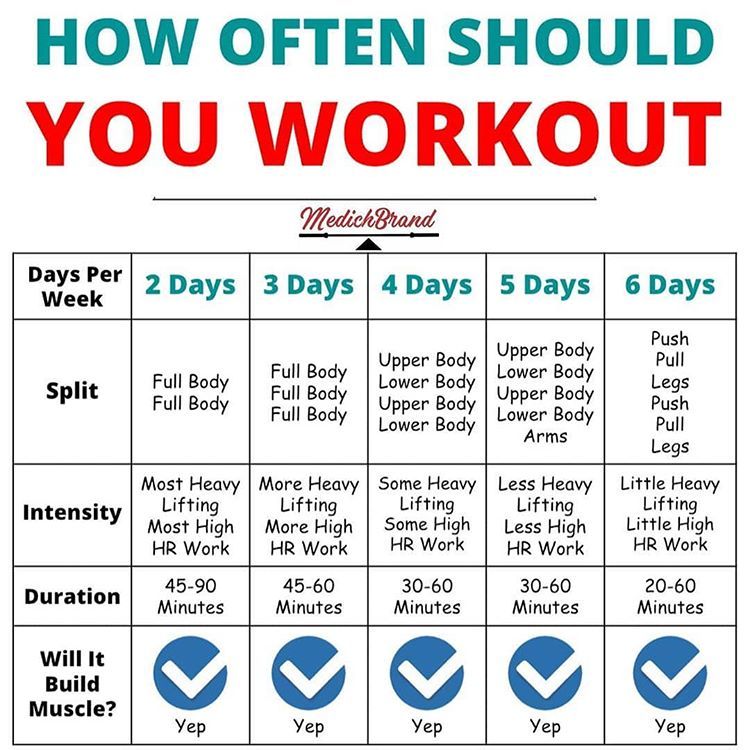
There are several important points that the tire fitter must take into account when balancing. This will reduce the risk that the motorist will have to visit the car service unscheduled due to compensating weights lost during the operation of the car. The sequence of balancing work should be as follows:

Beginning car enthusiasts should be aware that putting decorative caps and other accessories on a balanced wheel can cause imbalance.
The number of visits to a tire shop for wheel balancing directly depends on the frequency and accuracy of using the car in everyday life. The starting point is considered to be a mark of 10-15 thousand km. mileage if the car is moving on good roads. Most automakers recommend sticking to these numbers. However, ideal road surfaces are not yet found everywhere. Here are some useful tips on the topic to listen to:
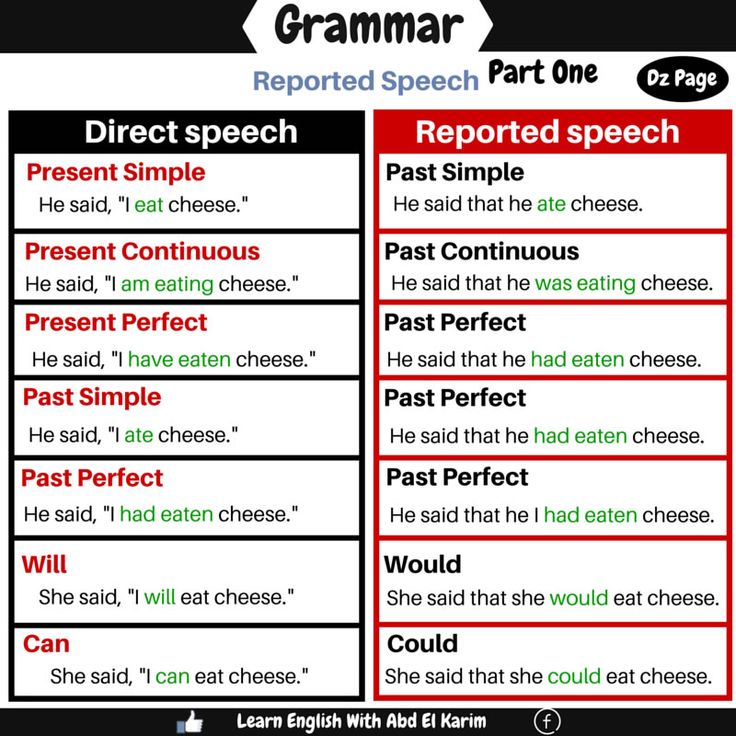
Delaying wheel balancing is quite dangerous. In the presence of an imbalance, uneven and accelerated wear of the tread occurs. A strong runout of the wheels also negatively affects the details of the suspension, steering mechanism and brake system. Therefore, taking care of the wheels should be another item on the list of car maintenance.